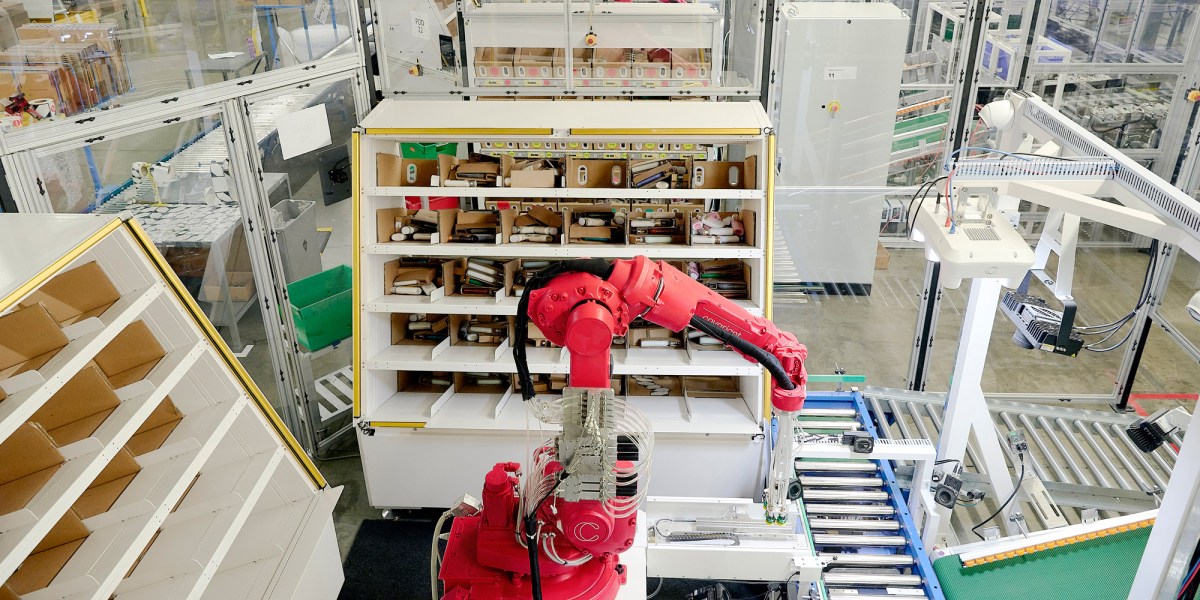The Download: rise of the multimodal robots, and the SEC’s new climate rules

The news: In the summer of 2021, OpenAI quietly shuttered its mulrobotics team, announcing that progress was being stifled by a lack of data necessary to train robots in how to move and reason using artificial intelligence.
Now three of OpenAI’s early research scientists say the startup they spun off in 2017, called Covariant, has solved that problem. They’ve unveiled a system that combines the reasoning skills of large language models with the physical dexterity of an advanced robot.
How it works: The new model, called RFM-1, was trained on years of data collected from Covariant’s small fleet of item-picking robots, as well as words and videos from the internet. Users can prompt the model using five different types of input: text, images, video, robot instructions, and measurements. The company hopes the system will become more capable and efficient as it’s deployed in the real world. Read the full story.
—James O’Donnell
The SEC’s new climate rules were a missed opportunity to accelerate corporate action
—Dara O’Rourke is an associate professor and co-director of the master of climate solutions program at the University of California, Berkeley.
Last week, the US Securities and Exchange Commission enacted a set of long-awaited climate rules, requiring most publicly traded companies to disclose their greenhouse-gas emissions and the climate risks building up on their balance sheets.
Unfortunately, the federal agency watered down the regulations amid intense lobbying from business interests, undermining their ultimate effectiveness—and missing the best shot the US may have for some time at forcing companies to reckon with the rising dangers of a warming world. Read the full story.


